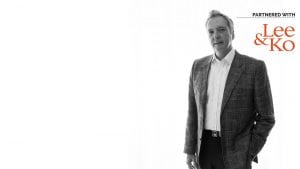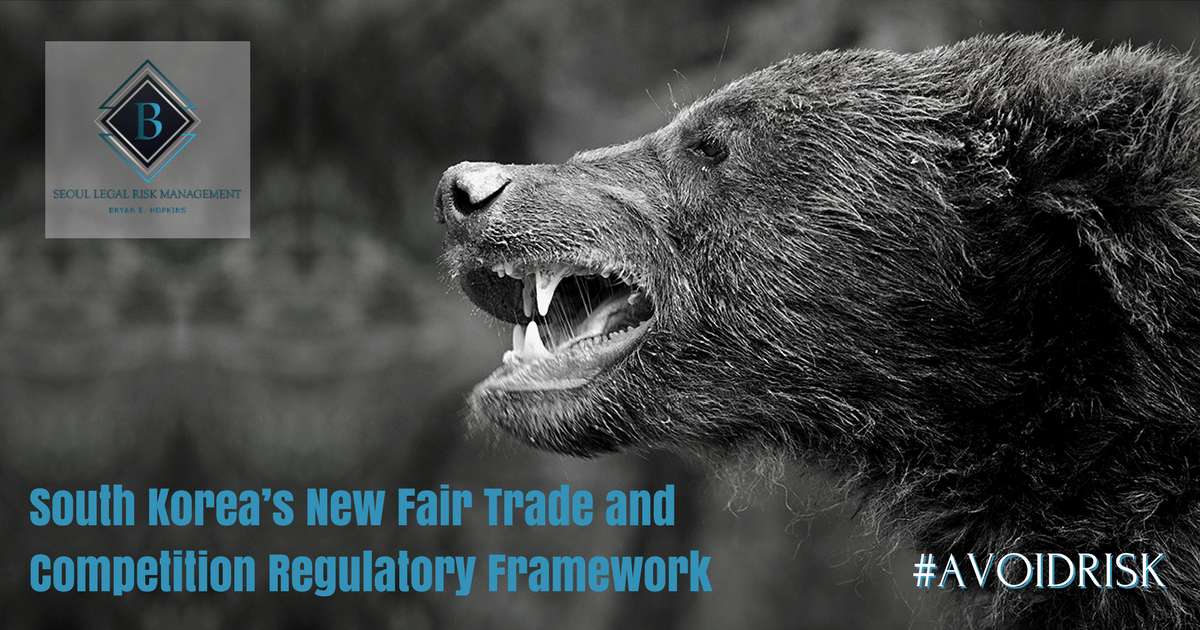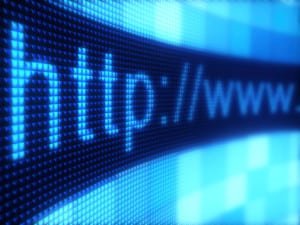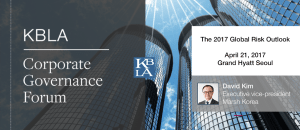
Besides managing risk, risk managers must also have a knack for good stakeholder management. In fact, in order to provide effective leadership in today’s corporate world, risk managers and those who have a risk management function, must understand the significance of good stakeholder management. Considering the high employee and investor turnover rates it is no wonder that risk managers must take the lead in providing risk management information to various stakeholders not only from a compliance perspective but from a profit/loss perspective as well.
Who are the various stakeholders that a risk manager must concern himself or herself with? Of course the more sophisticated a company is the more stakeholders there are. Nonetheless, the main stakeholders of any company or organization usually include:
1. Employees
2. Upper Management including the Board
3. Customers
4. Suppliers
5. Regulators
6. Investors
7. Business partners; and
8. Credit Analysts
Each group of stakeholders mentioned above is important to the overall success or survival of a company. They may have a key role in determining the strategy of a company and therefore need to understand relevant risk related information in order to understand the issues facing the company. Of course, depending on the various laws and regulations facing companies, it may be there are in fact reporting requirements that should be met. The Board as well as Upper Management has risk management responsibilities when it comes to addressing risk, and in order to provide effective leadership, Management must look at Stakeholder Management as part of good Corporate Governance.
The first step for any risk manager when dealing with stakeholders is to ask the hard questions such as: (i) Are you prepared to handle risk events relating to your stakeholders? (ii) In a crisis management event, are you ready to address your customers? (iii) In case of litigation, do you have the right information to communicate to your regulators? , and (iv) What are the risk management process to use in case you have major employment related issues?
Providing effective risk management leadership requires the risk manager to understand who the major stakeholders really are and what risk management reporting processes actually exist or should exist. Once you can answer these questions, you are on your way to provide effective risk management leadership.

One of the main drivers of my success over the years has been the ability to “change”. If you look around you, change is everywhere. In fact, it is the only constant in life. Everything changes whether we like it or not. I’ve been fortunate enough over my 40 year career to change-whether by changing my law practice or by changing my location or even both. In several instances, I even changed countries of residence. All of the change I have gone through has contributed to what success I have achieved.
Change in careers happens if one is willing to grow and experience new avenues of life. I started out as a public defender in Florida and ended up as a general counsel of one of the largest consumer electronics companies in the world. I never expected I would end up as a GC, but I did grasp the willingness to change.
Change not only happens in everyday life but in the workplace as well. Risk managers must always be on the lookout for change. As business changes so do risks. As regulations change so do legal threats. As employees change or as a company’s appetite for risk changes, so does the internal management of risk. In essence, risk is not static- it is always evolving and always changing. So the management of risk must change as well.
The concept of risk itself has changed over the years. Twenty five years ago, risk management was not perceived as a vital function in many organizations. Sometimes companies lumped risk management in with Insurance, Service or QA. But as the perception of risk has evolved along with compliance and SOX related laws, rules and regulations, risk is now deemed a major part of a company’s management structure.
Those organizations that perceive the need for an up to date robust risk management function are most likely to weather the storm of litigation, fines, audits and investigations facing most companies today. Crisis management (part of risk management) is now front and center in many large organizations as well. Companies are realizing that the perception by the public is far more important than in many cases the facts. How do you manage a crisis? When does a serious event become a crisis? How has crisis management changed over the last few years and why? How has compliance changed? All concepts of risk are subject to change as are standard processes for identifying and eliminating risk. Metrics used 20 years ago are no longer valid in many cases. Look what happened in 2008.
To handle risk and all of the consequences that it entails in an effective manner requires the willingness to accept change and in many cases to seek change out. Companies must be willing to change their concept of risk. They must be willing to change processes that may have been set in stone years ago. They must be willing to change not only how they perceive risk but how they address risk.
Yes, change is everywhere.
 In an effort to follow through on his populist promises, President Moon Jae-in and his administration have pledged to achieve “economic democratization” by rolling out changes to competition regulations and by strengthening the fair trade regulatory framework. These changes are likely to have a significant impact on compliance requirements and should be monitored closely by corporate leadership and risk management professionals.
In an effort to follow through on his populist promises, President Moon Jae-in and his administration have pledged to achieve “economic democratization” by rolling out changes to competition regulations and by strengthening the fair trade regulatory framework. These changes are likely to have a significant impact on compliance requirements and should be monitored closely by corporate leadership and risk management professionals.
The suggested changes include:
1. Strengthened investigatory and enforcement powers granted to the Korea Fair Trade Commission (KFTC), including a stepping criminal enforcement capacity, and a stricter regulation of conglomerates (chaebols) to ensure transparency in their corporate governance structures.
2. Prevention of abuse of superior economic power. They include:
a. Criminal sanctions for obstructing KFTC Investigations. Amendments to the Monopoly Regulation and Fair Trade Act (MRFTA) took effect on July 19 of this year that substantially increased the penalties for spoliation of evidence (i.e. tampering or destruction of evidence) or refusal to submit information/materials in a KFTC investigation.
b. Expansion of punitive damages to competition laws. Punitive treble damages have been newly introduced in amendments to various regulations, such as the recently amended Fair Retail Agency Transactions Act (FRATA) - under which retail agents may recover up to three times the damages incurred due to forced purchase or provision of economic benefit in violation of the FRATA. The amended Product Liability Act (PLA) which becomes effective in April of 2018, also introduces punitive treble damages and lowers the burden of proof for product liability claims.
c. New regulations to address abuse of superior economic power (“Leveling the playing field”). Various new laws and amendments have been introduced in order to prevent abuse of superior power for transactions such as franchising, subcontracting, agency transactions, and online transactions, among others. They will take effect over the course of the next year.
1. Abolishment of the KFTC’s exclusive criminal referral authority.
Currently, the KFTC has the exclusive authority to refer any alleged competition law violations to the Prosecutor’s Office for criminal prosecution. The KFTC has generally reserved referrals for severe violations. The Moon Administration has pledged to abolish this exclusive authority, which would enable the Prosecutor’s Office to initiate its own investigations into competition law violations and allow others to file complaints directly with the Prosecutor’s Office.
2. Class action suits for competition law violations.
The Moon Administration will likely seek to introduce a class action system to redress consumer harm caused by competition law violations. The Moon Administration has also stated that it will establish a fund to support consumers that suffer from anticompetitive conduct.
3. Increased regulation of conglomerates (chaebols).
In addition to its measures to prevent abuse of superior economic power (which will focus largely on the conglomerates), it is likely the Moon Administration will also regulate questionable practices prevalent among Chaebols.
After considering whether to eliminate the KFTC’s exclusive right to refer antitrust cases to the Prosecutor’s Office, the Chairman of the KFTC created a task force to consider potential reforms to the overall enforcement of antitrust laws in Korea. The task force, led by the Deputy Chairman of the KFTC, consists of government officers, professors and private sector professionals, including the leadership of NGOs.
The first meeting of the task force was held on August 29 and will finish its review by January of 2018. The task force will publish a white paper covering the overall review as well as an interim report that will contain a discussion of issues and recommendations that the National Assembly may consider. The task force will consider issues involving civil enforcement, administrative enforcement and criminal enforcement as well.
 The recent global cyber-attack emphasizes the growing risk of cyber-attacks around the world and the issues facing the risk and legal community. Not only do cyber-attacks threaten businesses and organizations on a daily basis but the addition of ransomware to the mix underlies the threats facing organizations, businesses and governments on a worldwide basis. (more…)
The recent global cyber-attack emphasizes the growing risk of cyber-attacks around the world and the issues facing the risk and legal community. Not only do cyber-attacks threaten businesses and organizations on a daily basis but the addition of ransomware to the mix underlies the threats facing organizations, businesses and governments on a worldwide basis. (more…)
 Organizations always hope for sunny skies and calm seas when conducting business. No one wants to be unpleasantly surprised nor exposed to rough weather, especially if such weather causes a person or an organizations' reputation, financial well being or its very existence to be threatened. (more…)
Organizations always hope for sunny skies and calm seas when conducting business. No one wants to be unpleasantly surprised nor exposed to rough weather, especially if such weather causes a person or an organizations' reputation, financial well being or its very existence to be threatened. (more…)
 It is very apparent that companies and organizations operating internationally face unprecedented global risks. Global risks are not only interconnected but have systemic impacts requiring systems that can help companies measure, foresee and understand them in an uncertain and dangerous world. (more…)
It is very apparent that companies and organizations operating internationally face unprecedented global risks. Global risks are not only interconnected but have systemic impacts requiring systems that can help companies measure, foresee and understand them in an uncertain and dangerous world. (more…)